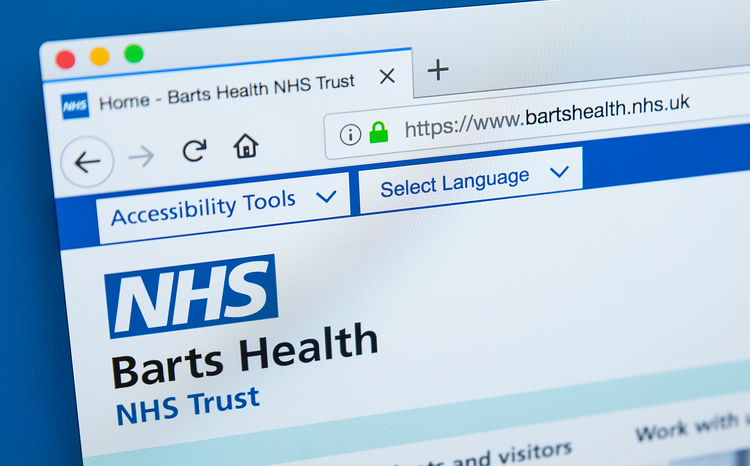Barts Health signs deal with Sectra for digital pathology network
- 8 November 2021

Barts Health NHS Trust has started the roll out of a digital pathology network across four hospital sites.
The network will be powered by software from Sectra and will help improve patient diagnosis and speed up turnaround times within the trust. In addition, it will enhance clinical collaboration and access to specialists, harness data to support life sciences and clinical research and build the foundations for an AI-powered healthcare future.
The deployment of the network will take place at Royal London, St Bartholomew’s, Whipps Cross and Newham General, with funding provided by Barts Charity. The imaging technology platform is scalable which means the is potential for it to be expanded to other trusts.
Equipped with advanced imaging technology analysis tools, the pathology network will save specialists time spent preparing and screening slides, helping to remove delays to the diagnosis process. Patients will also have access to their pathology images, making it possible for them to seek a second diagnosis easily or move between healthcare settings.
Sarah Jensen, chief information officer at Barts Health NHS Trust, said: “Digitising pathology is fundamental to Barts Health making great strides towards preventative care, to solving problems for the people who need it the most, to removing geography constraints for our workforce and to opening research potential for one of the largest trusts in the NHS.
“This programme is hugely important to connecting the dots for life sciences – a central focus for the future of our health services. Codified data will contribute to developing longitudinal health records for patients. And researchers will be able to inform research and back up findings with links to slides.
“For patients with cancer and other rare diseases, this is a high priority, allowing us to bring together pockets of clinical information, to build the infrastructure needed for genomic sequencing and to build a data core that includes pathology.”
This new partnership comes just a year after eight Greater Manchester NHS trusts signed a deal with Sectra for the same technology.
Sectra will be providing a picture archiving and communication system (PACS), which will display high resolution images of slides on screen. It will allow radiology images and pathology images to be displayed simultaneously to help staff make better comparisons and more objective clinical decisions.
Jane Rendall, UK managing director at Sectra, added: “The team at the trust has shown remarkable commitment to using the radiology module of our imaging technology to innovate in streamlining workflows and in delivering patient care. We are privileged to be working with the trust to deliver the digitisation of another crucial discipline as part of its strategic vision.”
In 2017, Barts Health suffered a major IT failure across its pathology system, leading to disrupted services and cancelled appointments. The new digital programme will help to tackle some of the pathology workforce challenges that the trust faces as a result of the pandemic, as well as help future-proof its systems.




